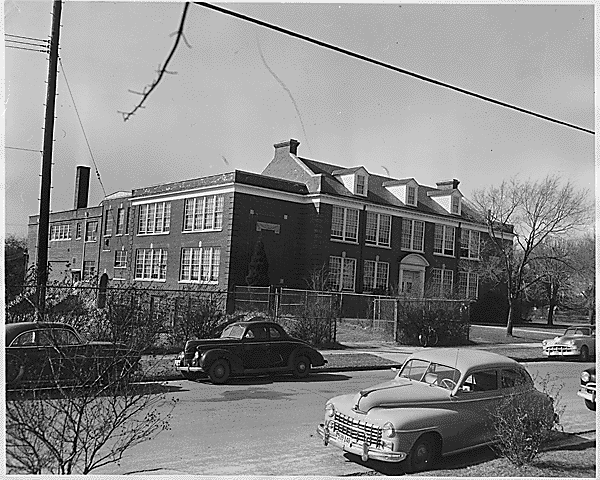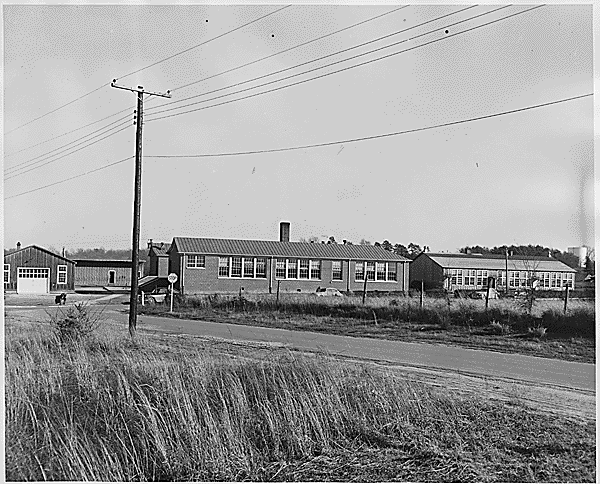From the Sketchbook of USA
By, Bureau of International Information Programs, U.S. Department of State
In large measure, the history of the civil rights movement in the 20th century was played out in U.S. public schools.
The white Farmville High School and black Robert Russa Morton High School in Prince Edward County, Virginia, were used as evidence of inequality in a 1951 desegregation lawsuit. It was one of three cases decided by the Supreme Court along withBrown v. Board
In 1896, the U.S. Supreme Court had declared segregation legal under the doctrine of "separate but equal." As late as 1950, African Americans could not attend white schools in 17 southern states. Black families had challenged segregation for decades, with little success, although a little-noticed 1947 lawsuit ended separate schools for Hispanics in California.
Beginning in the 1930s, the National Association for the Advancement of Colored People (NAACP) traveled throughout the South, systematically gathering evidence and honing legal arguments that segregated schools were never equal and often desperately poor and neglected.
The celebrated lawsuit that reached the Supreme Court as Brown v. Board of Education of Topeka, Kansas, began in 1950, when the NAACP recruited 13 black parents to attempt to enroll their children in neighborhood schools. They were denied entrance, and the NAACP filed a lawsuit on their behalf. By the time the case reached the U.S. Supreme Court, Brown had been consolidated with similar cases from Delaware, Virginia, South Carolina, and the nation's capital, the District of Columbia. The chief NAACP attorney was Thurgood Marshall, who became the first African-American member of the Supreme Court a decade later.
In a unanimous 1954 decision, the court declared that "separate educational facilities are inherently unequal." Kansas and a few other states complied with the decision, but southern state school officials defied the court's ruling, sparking a nationwide civil rights movement in ensuing years and a confrontation between the state and federal governments. The integration of Little Rock High School in Arkansas in 1956 required the dispatch of U.S. Army soldiers, and when black student James Meredith enrolled in the University of Mississippi, it triggered widespread rioting.
With the steady desegregation gains, as well as passage of the far-reaching Civil Rights Act of 1964 and Voting Rights Act of 1965, segregation in public schools had ended by the 1970s. The debate over equality in schools then shifted to issues such as residential patterns and divisions between poor and affluent school districts.

